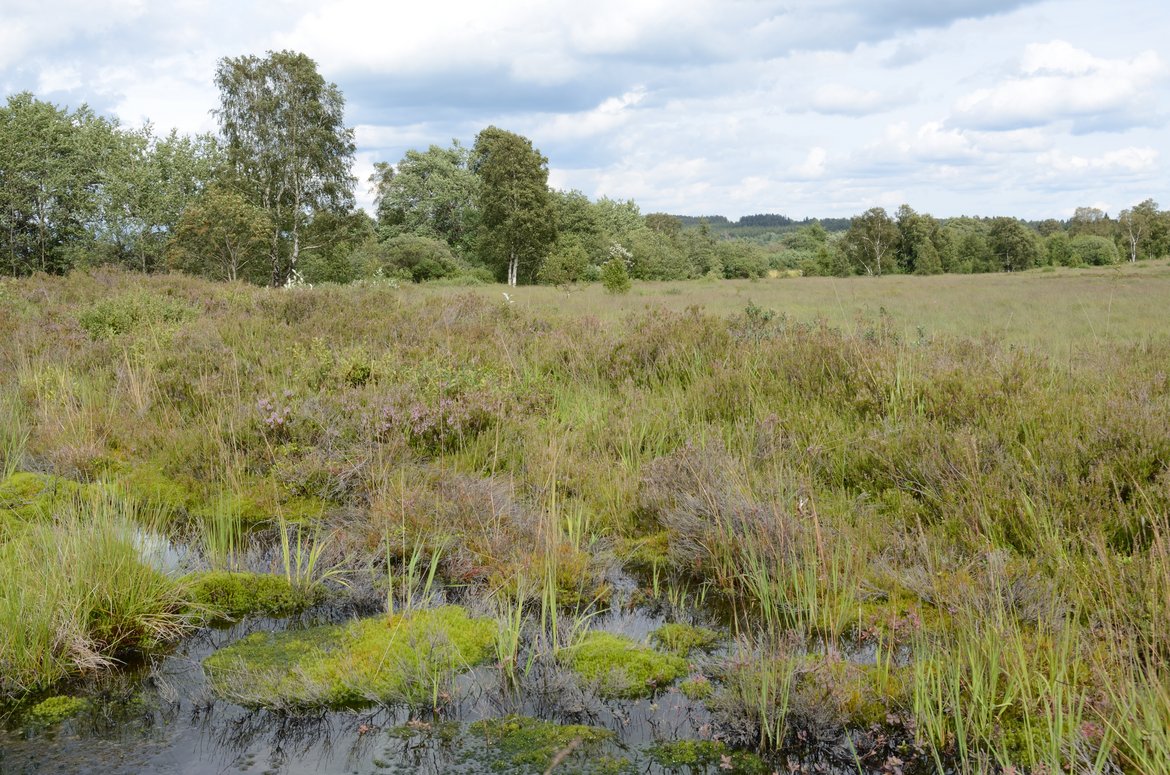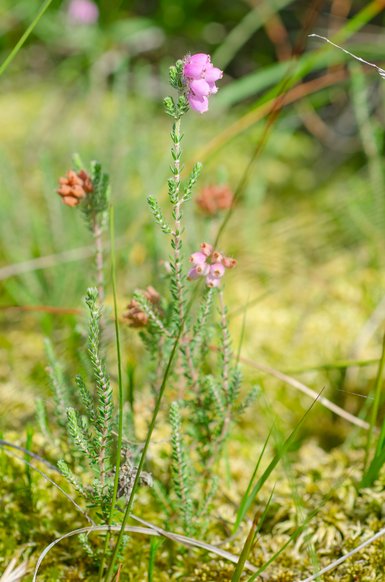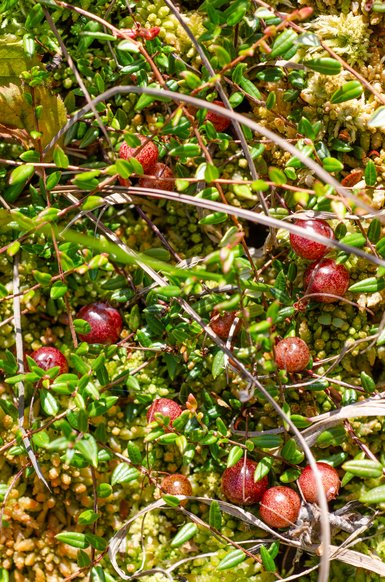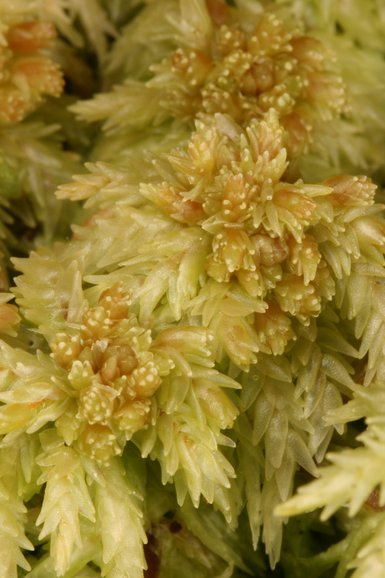Wet moorlands (Natura 2000 code - 4010)
Description
Wet moorlands occur on paratourbous, wet to very wet, nutrient-poor (oligotrophic), acidic soils and at altitudes above 450 m. These plant formations are most often observed on plateaux. They are dominated by sub-shrubs such as cross-leaved heath (Erica tetralix), one of the indicator plants of these wet heathland habitats. However, in a poor state of conservation, the plant community of these habitats becomes dominated by purple moor-grass (Molinia caerulea).
As part of the project
The aim of the LIFE ArdennEislek project is to restore 15 hectares of wet moorlands in the Walloon Region. In the Grand Duchy of Luxembourg, these moors are not present (or classified as such), so no restoration of this habitat is planned there.
Some characteristic species
Beyond the emblematic cross-leaved heath (Erica tetralix), other indicator species are found in these wet heaths. These include: round-leaved sundew (Drosera rotundifolia), hare’s-tail cottongrass (Eriophorum vaginatum), marsh gentian (Gentiana pneumonanthe), lousewort (Pedicularis sylvatica), heath rush (Juncus squarrosus), marsh clubmoss (Lycopodiella inundata), bog asphodel (Narthecium ossifragum), deergrass (Scirpus cespitosus). Sphagnum mosses (Sphagnum compactum, Sphagnum molle, Sphagnum tenellum) are other typical indicator plants of these environments.
Other species are also frequently observed in these wet moorlands without being indicators: heather (Calluna vulgaris), petty whin (Genista anglica), pill sedge (Carex pilulifera), tormentil (Potentilla erecta), or even mat grass (Nardus stricta).

© Xavier Janssens






